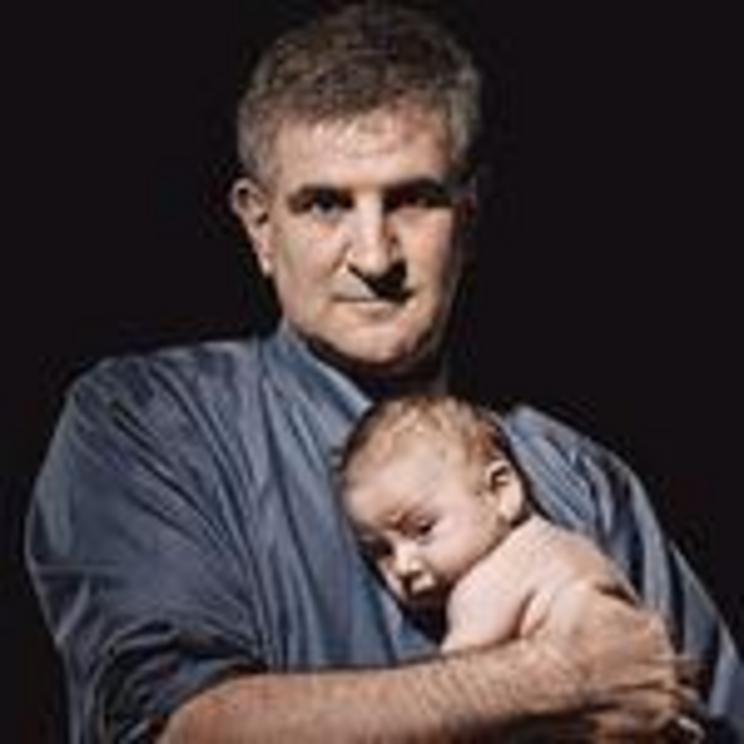Rotavirus vaccines inc. Paul Offit's Rotateq are undermining immunity (Abstracts)
- two new papers suggest
Rotavirus Epidemiology and Monovalent Rotavirus Vaccine Effectiveness in Australia: 2010–2017
Julia E. Maguire, Keira Glasgow, Kathryn Glass, Susie Roczo-Farkas, Julie E. Bines, Vicky Sheppeard, Kristine Macartney, Helen E. Quinn
September 2019
Abstract
BACKGROUND: Rotavirus vaccine has been funded for infants under the Australian National Immunisation Program since 2007, with Rotarix vaccine used in New South Wales, Australia, from that time. In 2017, New South Wales experienced a large outbreak of rotavirus gastroenteritis. We examined epidemiology, genotypic profiles, and vaccine effectiveness (VE) among cases.
METHODS: Laboratory-confirmed cases of rotavirus notified in New South Wales between January 1, 2010 and December 31, 2017 were analyzed. VE was estimated in children via a case-control analysis. Specimens from a sample of hospitalized case patients were genotyped and analyzed.
RESULTS: In 2017, 2319 rotavirus cases were reported, representing a 3.1-fold increase on the 2016 notification rate. The highest rate was among children aged <2 years. For notified cases in 2017, 2-dose VE estimates were 88.4%, 83.7%, and 78.7% in those aged 6 to 11 months, 1 to 3 years, and 4 to 9 years, respectively. VE was significantly reduced from 89.5% within 1 year of vaccination to 77.0% at 5 to 10 years postvaccination. Equinelike G3P[8] (48%) and G8P[8] (23%) were identified as the most common genotypes in case patients aged ≥6 months.
CONCLUSIONS: Rotarix is highly effective at preventing laboratory-confirmed rotavirus in Australia, especially in infants aged 6 to 11 months. Reduced VE in older age groups and over time suggests waning protection, possibly related to the absence of subclinical immune boosting from continuously circulating virus. G8 genotypes have not been common in Australia, and their emergence, along with equinelike G3P[8], may be related to vaccine-induced selective pressure; however, further strain-specific VE studies are needed.
- Accepted June 21, 2019.
- Copyright © 2019 by the American Academy of Pediatrics
JukkaMarkkulaaMariaHemming-HarloabCaritaSavolainen-KopracHaideral-HellocTimoVesikaria
Available online 30 September 2019
Abstract
Objectives
To determine occurrence of residual rotavirus (RV) disease in different age groups in Finland after five to nine years of high coverage (≥90 %) mass-vaccination with RotaTeq® vaccine, and to examine the vaccine effect on circulating genotypes.
Methods
Since 2013 all clinical laboratories in the country were obliged to send RV positive stool samples for typing. RVs were genotyped by RT-PCR for VP7 and VP4 proteins, sequenced and compared to reference strains.
Results
RV continued to circulate throughout the study period at low level with a small increase in 2017-2018. There were three age-related clusters: young children representing primary or secondary vaccine failures, school-age children who may not have been vaccinated, and the elderly. Genotype distribution differed from the pre-vaccination period with a steady decline of G1P[8], emergence of G9P[8] and especially more recently G12P[8]. In the elderly, G2P[4] was predominant but was also replaced by G12P[8] in 2017-18.
Conclusions
RV vaccination with a high coverage keeps RV disease at low level but does not prevent RV circulation. New RV genotypes have emerged replacing largely the previously predominant G1P[8]. Increase of overall RV activity with emergence of G12P[8] in the latest follow-up season 2017-18 might be a potential alarm sign.

